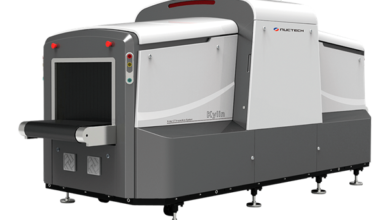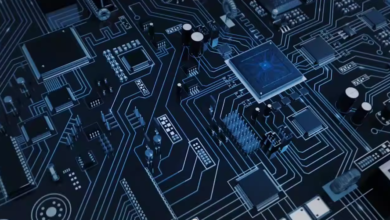What Is PCBA? A Complete Guide to Printed Circuit Board Assembly

In the heart of every electronic device lies a circuit board—precisely engineered, densely populated, and carefully assembled. That board is known as a PCBA, short for Printed Circuit Board Assembly. Whether you’re holding a smartphone, using a smart thermostat, or controlling industrial equipment, you’re interacting with a PCBA.
This blog will take you through the fundamentals of PCBA, including its definition, process, applications, and importance in today’s fast-paced electronics industry.
What Is PCBA?
PCBA refers to the complete assembly of electronic components onto a Printed Circuit Board (PCB). While a PCB is just the bare board with copper traces, a PCBA includes all the components—resistors, capacitors, ICs, connectors—soldered onto it, making it functional.
There are two common types of components used in PCBA:
- SMT (Surface Mount Technology) components
- THT (Through-Hole Technology) components
The PCBA Process: Step by Step
1. PCB Fabrication
The process begins with manufacturing the bare PCB based on a design (Gerber files).
2. Component Procurement
All required components are sourced according to the bill of materials (BOM).
3. Solder Paste Printing
For SMT, solder paste is printed onto the PCB pads using a stencil.
4. Pick and Place Assembly
Automated machines place SMT components onto the board with precision.
5. Reflow Soldering
The board passes through a reflow oven where solder paste melts and creates electrical joints.
6. Through-Hole Component Insertion (if applicable)
THT components are manually or automatically inserted into drilled holes.
7. Wave Soldering or Selective Soldering
For THT, components are soldered using wave or selective soldering.
8. Inspection and Testing
Quality is checked using AOI (Automated Optical Inspection), X-ray, and functional testing.
9. Cleaning and Packaging
Finished boards are cleaned (if necessary), packed, and labeled for shipment.
PCBA vs PCB – What’s the Difference?
点击图片可查看完整电子表格
Applications of PCBA
PCBA is the core of most modern electronics, including:
- Consumer electronics – Smartphones, tablets, TVs
- Medical devices – Monitors, diagnostic equipment
- Automotive systems – ECUs, infotainment, sensors
- Industrial control – PLCs, I/O controllers, inverters
- Aerospace and defense – Navigation systems, radar boards
Why PCBA Matters
- Miniaturization: Advanced PCBA enables smaller, lighter devices.
- Efficiency: Automated assembly ensures high-speed and low-defect manufacturing.
- Customization: Tailored PCBAs support specific project needs and product features.
- Reliability: High-quality PCBA leads to longer product life and better performance.
Conclusion
PCBA is more than just a step in the electronics manufacturing process—it’s the foundation of nearly every electronic innovation we use today. From prototype to production, understanding PCBA helps engineers, designers, and businesses build smarter and more reliable devices.
If you’re seeking PCBA services, be sure to choose a provider that offers high-quality assembly, thorough testing, and responsive support to turn your ideas into powerful electronic solutions.





